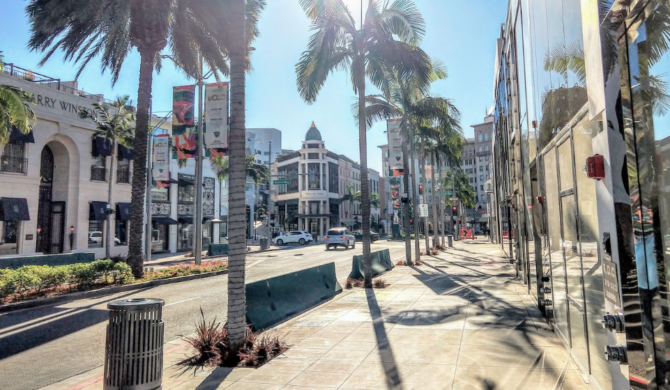From BeverlyPress.com
BY JOEY WALDINGER
Beverly Hills bicyclists might one day have a new way of traveling to West Hollywood, as staff prepares to install bike lanes on Beverly Boulevard that could connect to the neighboring city, transportation planner Jessie Holzer Carpenter said.
City officials will provide more details about the proposed bike lanes during a Traffic and Parking Commission meeting on Sept. 7, and residents are encouraged to give their thoughts in person or by contacting the city at askpw@beverlyhills.org.
The Beverly Boulevard bike lanes were identified in the city’s 2021 Complete Streets Plan because they connect to existing bikeways on North Santa Monica Boulevard and North Palm Drive, and because the street does not have existing parking spaces, meaning that the lanes will not reduce parking, Carpenter said.
Also, the city of West Hollywood is planning to install its own bike lanes on Beverly Boulevard, creating a new link between the two cities, Carpenter said. Beverly Hills is also working to close a “short gap” of bike lanes on Santa Monica Boulevard that would create another inter-city bikeway.
West Hollywood officials approved a contract for a feasibility study on expanding bike lanes on Santa Monica Boulevard.
Beverly Hills officials have been soliciting public input on the bikeway expansions for months, and so far, the feedback has been positive, Carpenter said.
“What we’ve heard so far is a lot of support for the project because it closes that gap in the network,” Carpenter added. “There is no on-street parking on this segment … so it doesn’t remove any street parking. All it does is narrow traveling to provide a dedicated bike way.”
Photo by BP Miller on Unsplash
Read More










